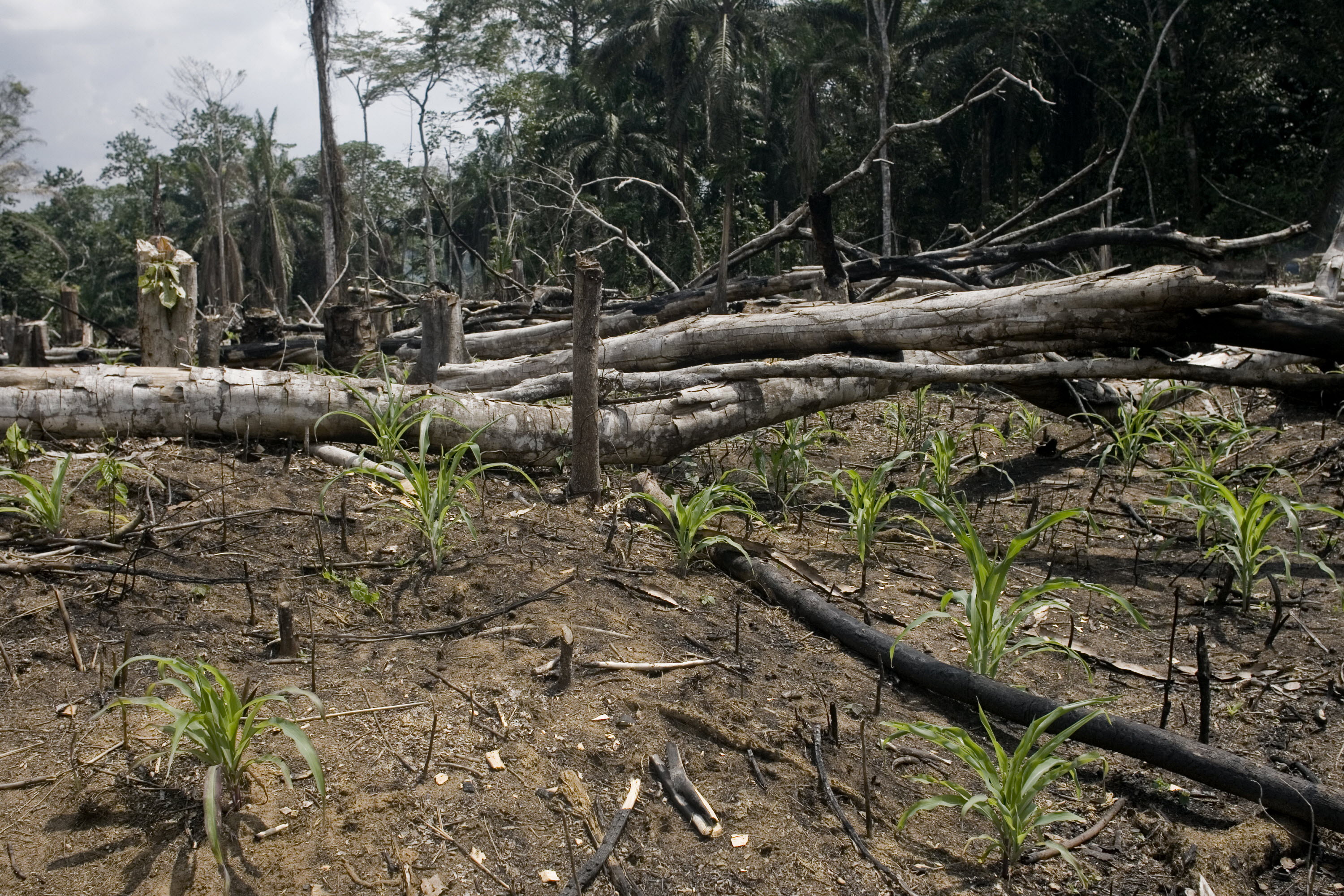
Integrated Landscape Management in the Dry Miombo Woodlands of Tanzania
Country overview
The Miombo woodlands of Tanzania are central to the livelihood systems of millions of rural and urban dwellers in Tanzania, both for domestic and some agro-industry activities. They provide goods and services provided to livelihoods of local communities, such as medicines, energy, food, fibers, and construction and craft materials. However, anthropogenic and natural threats are causing significant biodiversity loss in Miombo woodlands, primarily associated with deforestation and land degradation as the most significant causes of biodiversity loss. This is causing the loss of dryland productivity, ecosystems goods and services, and global environmental values, which undermines livelihoods, food security and the potential for sustainable economic development for farm, forest and rangeland users, leads to biodiversity loss, and further increases vulnerability to climate change. The main causes and drivers of this degradation include: agricultural expansion and forest fragmentation; unsustainable agricultural activities and low adoption of improved management practices; unsustainable forest management and unsustainable extraction of forest products; high reliance on Miombo wood for energy and construction and wildfires. The threats are exacerbated by climate change impacts.
How does the DSL-IP support Tanzania?
This project focuses on degraded areas of the Miombo woodlands in the south-west of Tanzania. The targeted landscape is covering the following four regions and eleven districts: Tabora Region (Kaliua, Urambo, Sikonge, Uyui District Councils), Katavi Region (Mlele, Tanganyika District Councils), Rukwa Region (Nkasi, Sumbawanga District Councils) and Songwe Region (Mbozi, Momba, Songwe District Councils). Key project activities will be implemented in two sub-landscapes: Tabora (Kaliua District Council) Region landscape, and Katavi Region landscape (Mlele District Council), covering a total area of 1 244 341 ha, and then gradually outscaled to the other sub-landscapes.
The project seeks to halt and reverse negative trends of land degradation and biodiversity loss in degraded areas of the Miombo woodlands in the south-west of Tanzania by applying an integrated landscape management approach.
It aims to achieve this through the three following interlinked components:
- Component 1: will strengthen the enabling environment for the sustainable management of the targeted dry Miombo woodlands. It will achieve this through reactivating the cross-sectoral LDN national working group and establishing a Miombo landscape level technical working group, strengthening knowledge on the values of Miombo woodland's ecosystem services, and reviewing strategies, plans and other sectoral frameworks and clarifying / developing by-laws
- Component 2: will demonstrate, implement and scale out SLM and SFM good practices at landscape level, by first promoting participatory land use planning. It will further promote integrated and participatory forest management, and will also put in place extension structures to provide training and support for the adoption of SLM and SFM practices to increase resilience and achieve LDN. It will support the strengthening/establishment of community seeds banks to increase access to adapted and diversified seeds/seedlings. Sustainable value chains based on SLM and SFM will thereafter be strengthened to provide sustainable and diversified sources of income for farm, forest and rangeland users.
- Component 3: will strengthen knowledge, learning and collaboration to support progress towards achieving national LDN targets, through creating a supportive environment for LDN assessment, monitoring and reporting at national and landscape levels, supporting transboundary collaboration to address common land and natural resource degradation drivers, and increasing opportunities for national, regional and global knowledge exchange and experience sharing.
Project’s Target Contributions to GEF-7 Core Indicators
| Nr Core Indicator | Project Core Indicator | Expected Result |
| 3 | Area of land restored (Hectares) | 34 885 |
| 4 | Area of landscapes under improved practices (excluding protected areas)(Hectares) | 761 352 |
| Total area under improved management (Hectares) | 796 237 | |
| 6 | Greenhouse Gas Emissions Mitigated (metric tons of CO2e) | 1 318 948tCO2e |
| 11 | Number of direct beneficiaries disaggregated by gender as co-benefit of GEF investment | 60 000 (45% women) |
